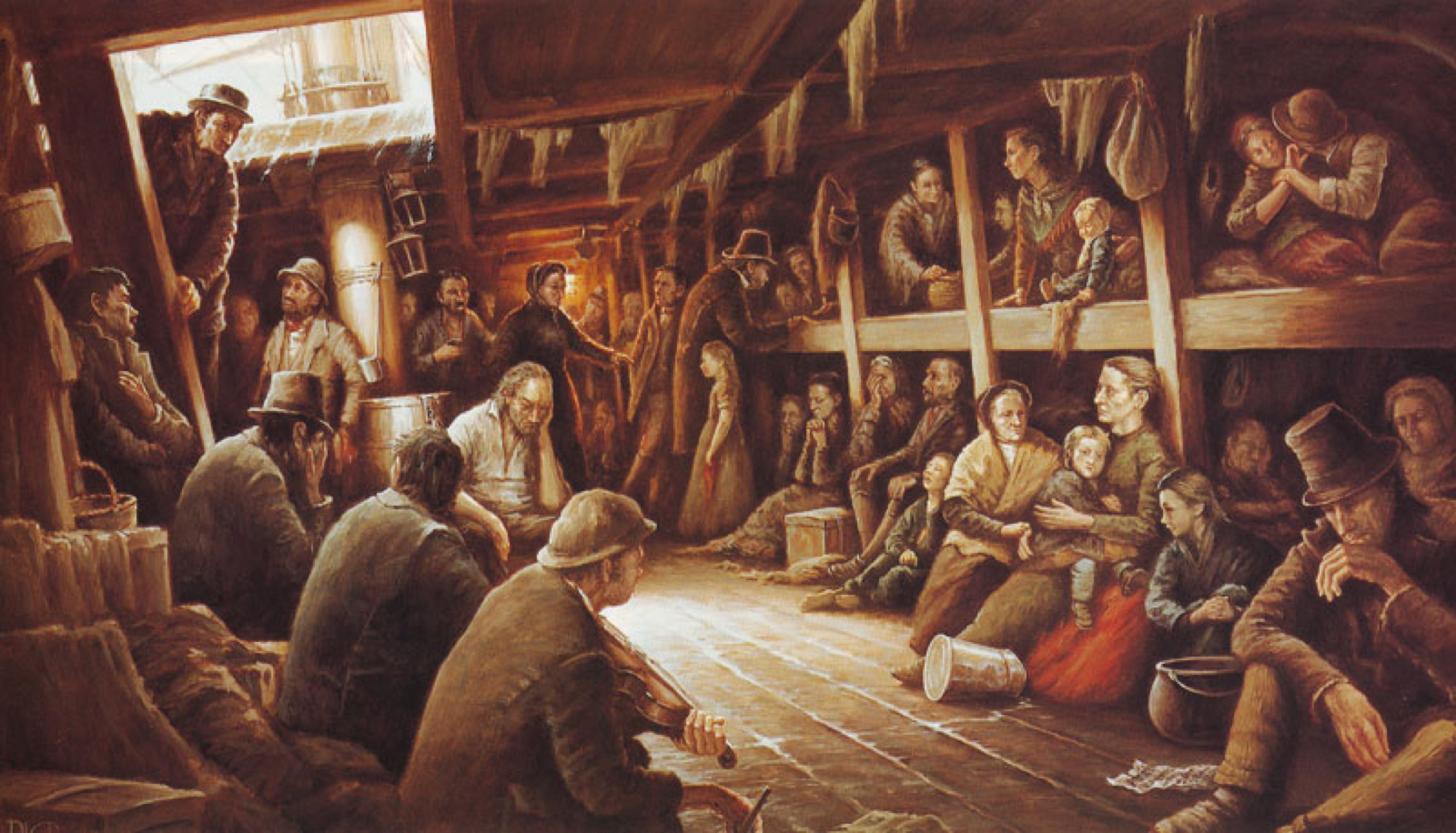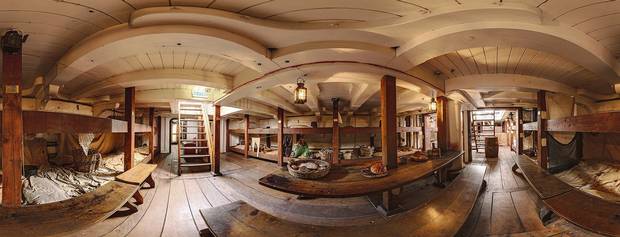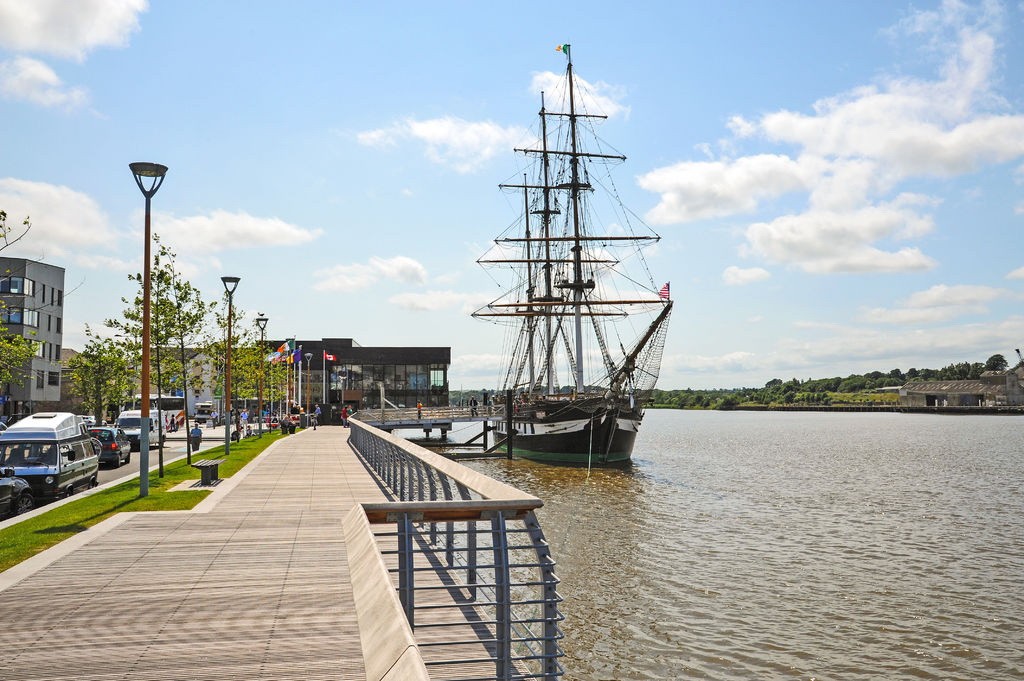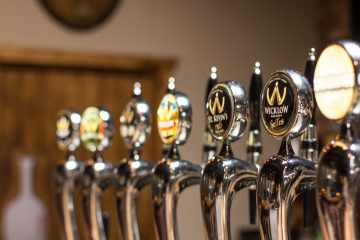Take the N25 to R708 and R710
You suddenly spot a rat amid the food in the galley. With a shiver you comprehend the grim conditions on vessels such as this; the disease, the overcrowding, which led to them to be known as Coffin Ships. You sense, too, the desperation that drove people to gamble their lives on a journey to an uncertain future abroad. It’s circa 1849, blighted potato crops in Ireland have failed yet again and the country is in the grip of the Great Famine that will kill one million people in a mere seven years.

On the quayside at New Ross poignant scenes of departure have unfolded, before you board the replica three-masted barque of The Dunbrody that once offered escape. Some 1.5 million people emigrated from Ireland, many to North America. It’s a month-long journey to New York and now costumed performers retell passengers’ distress. Those crammed in steerage are allowed on deck for fresh air for a mere hour a day, they wash in seawater and use buckets for toilets. A fifth, or even half of passengers on a Coffin Ship died. You follow in the footsteps of lucky survivors to the Arrivals Hall, to discover the further struggles these new immigrants to North America encountered. Many though, forged successful lives and you find notable descendants in The Irish America Hall of Fame, the story of poverty-to-power rise epitomised by US President John F Kennedy: his great-grandfather sailed from New Ross in 1848 and The Kennedy Homestead is still nearby at Dunganstown.

Proud descendants of people you have never heard of have also inscribed their ancestors’ names on the Irish Emigrant Wall of Honour beside The Dunbrody. And The Emigrant Flame burns forever to remember all who were brave enough to hope and shape a better future.




